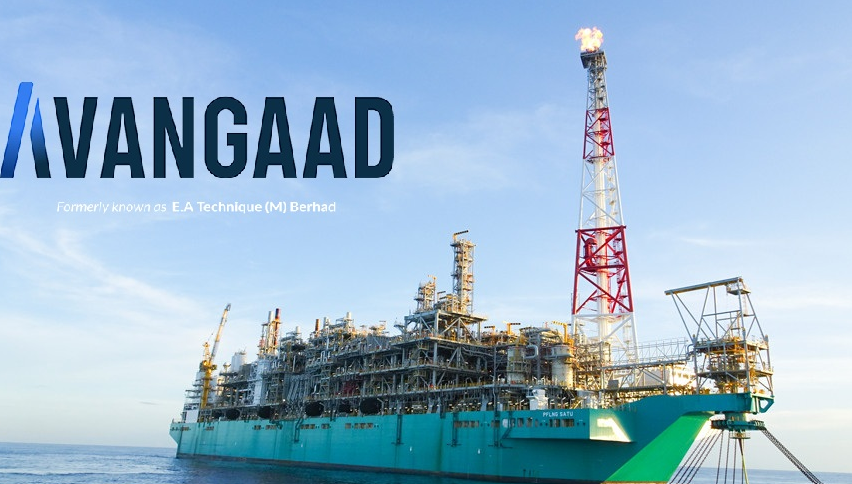DOUBTLESSLY, the Omicron COVID-19 variant has given investors flashbacks to early 2020 when the pandemic first began spreading around the globe.
Recall that the variant made a dramatic media entrance on Black Friday (Nov 26, 2021), triggering a global stock market sell-off after the World Health Organization (WHO) described Omicron as a variant of concern (highly transmissible although less severe than the Delta variant).
As cases sprouted across the globe, governments have rapidly enacted bans on travelling from high-risk countries while extending COVID-19 social distancing rules.
On Feb 6, Malaysia’s new coronavirus cases crossed the 10,000 marks with 10,089 cases reported. The last time Malaysia surpassed the 10,000 cases mark was on Oct 2 last year with 10,915 cases. Since then, the number of daily cases has risen to 22,802 as of Feb 13.
Most of the new cases were in categories one and two and were either asymptomatic or only displayed mild symptoms.
With the present R0/Rt reading of 1.2, Malaysia is expected to reach 22,000 COVID-19 cases by end-March, according to Health Ministry director-general Tan Sri Dr Noor Hisham Abdullah.
As Omicron (or other emerging variants) is likely to become a regular disruptive feature in the global stock markets throughout 2022, below are some measures or events that minority shareholders should watch out for to safeguard their investments.

- Past lessons
Thankfully, previous experience in managing the containment of the pandemic will come in handy coupled with the fact that thus far, hospitalisation rates are manageable in stark contrast to rising COVID-19 cases.
While a hard lockdown with curfews, travel restrictions and border closures can be discounted, the impact of self-isolating, social distancing and health protocol can mean another round of headwind for businesses.
Nevertheless, with the lower mortality and ongoing vaccination drive, there is likely a lower risk of prolonged and stricter lockdown measures.
Here are some of the headwinds that investors should watch out for in the coming months amid heightened concerns over Omicron virus:
- Supply chain disruption
For the past two years, the global supply chain was facing unprecedented pressure on the back of movement disruptions caused by the COVID-19 pandemic. Though it appears that supply chain disruptions are easing but it could get worse if the Omicron wave forces lockdowns in major economies again.
On top of that, analytics and solutions provider IHS Markit added that while the pandemic has been significant in driving the disruption – with the Omicron variant creating new uncertainties – it is not the only factor as substantial capacity, logistical and labour challenges also exist beyond the pandemic.
Compared with a year ago, energy prices of crude oil, coal and natural gas are substantially higher owing to strong demand that has come with economic rebound.
- Volatile market
In 2020, COVID-19 wreaked havoc on the economy with the stock market posting one of its steepest declines in history at the early stages of the pandemic as investors were worried about the impact of the COVID-19 coronavirus pandemic. Whether there will be a repeat of that crash because of Omicron is anyone’s guess.
But the forward-looking nature of the stock market has enabled a V-shape rebound insofar as the Dow Jones Industrial Index is concerned. After soaring to a record high of 29,551.42 on Feb 12, 2020, the Dow plummeted a record 2,997.10 points (12.93%) to close at 20,188.52 on March 16 that year.
Nevertheless, the 2020 recession was followed by a booming stock market with the Dow already surging past 30,000 points by Nov 24, 2020. The market continued to climb with the Dow closing at an all-time high of 36,799.65 after hitting an intraday record of 36,934.84 on Jan 4, 2022.
Like the Dow, Brent crude oil which saw its price tumble to US$9.12/barrel on April 21, 2020 – a far cry from the US$70/barrel fetched at the beginning of 2020 – has also rebounded strongly to the US$92/barrel mark on Feb 8, 2022 with analysts predicting oil to hit US$100/barrel amid demand recovery combined with falling stockpiles and supply disruptions.
Above all else, these lessons taught investors that not all is doom and gloom as evident by how both the glove and tech stocks rallied to historical highs prior to the baton being passed to recovery theme stocks as the pandemic subsided and prospects of the economy re-opening brightened up.
- OPR hike
It is widely expected that the central bank will keep its overnight policy rate at 1.75% until the end of this June, then gradually raise the benchmark overnight policy rate (OPR) beginning in the third quarter due to mounting inflationary pressures.
Research houses like CGS-CIMB Research had estimated two rounds of 25bps rate hikes by Bank Negara Malaysia (BNM) in the second half even as concerns were raised with respect to the quantum of the hike given that higher inflation could further weaken consumers’ purchasing power.
From the research house’s perspective, the rate hikes by BNM reflects several factors, namely (i) the economic conditions in 2022 are expected to be better than 2021 with lesser risk of lockdown and improved labour market environment; (ii) while higher inflation is projected, the increase is not excessive given prompt government reaction; and (iii) the interest rate level is still very accommodative for consumers and businesses.
- Prioritising fiscal consolidation
At the macroeconomic front, World Bank said Malaysia’s fiscal consolidation will need to be prioritised to ensure effective government spending and revenue collection in the medium-term.
This is given Malaysia’s fiscal deficit is expected to widen to 6.5% in 2021 following an upward revision in spending by 0.6% of gross domestic product (GDP) while revenue collection slipped downwards by 0.5% of GDP.
Higher spending has been facilitated by an increase in the debt ceiling to 65% in October 2021, but debt service charges are expected to rise further to 18.4% in 2022.
- Co-existing with COVID-19
Finally, endemic is the word that many investors must grow accustomed to as more economic sectors in Malaysia re-open for business while social and travel restrictions are gradually being lifted.
When COVID-19 becomes an endemic disease, it means the infection will not go away and will continue to be transmitted.
Whether it is the Omicron, Delta or IHU variants, COVID-19 is here to stay, hence everyone must get used to managing their lives while co-existing with virus. The time has come to resume life by adjusting to new norms while adapting to different yet safer working/living environment.
Transitioning from a pandemic to endemic stage is about the community seeing a growing number of people who are immune to the virus, either through surviving natural infection or through vaccination.
- Tweaking investing strategies
Even if the Omicron variant does end up causing new shutdowns, investors need not abruptly ditch their investment strategies. It took less than five months for markets to recover from the initial COVID-19 fear in early 2020 with any subsequent dips being quickly reversed.
At this juncture, delving in stocks with strong fundamentals may be the best formula to give one’s portfolio the best chance of surviving any potential volatility.
With rigorous research and financial planning aptness, one should continue to invest smartly/consistently, true to the belief that opportunities abound amid adversities. The mantra to follow is to buy when there is fear in the market that depresses the prices of good stocks – and to sell when greed sets in.
If stock prices fall, keep investing during downturns as it could be a fantastic opportunity to buy quality stocks at a discount. If prices surge, take profit as the market is volatile. It depends on your investment philosophy which may even vary based on a counter basis – a trading strategy for some counters or a long-term strategy for others.
On the hindsight, avoid getting caught up in the market’s day-to-day movements, especially by indulging in speculative trading – unless you have the stomach for it – for it can be stomach churning and nerve wrecking.
If you adopt investing as a long-term strategy, it doesn’t necessarily matter how the market performs over days, weeks, or months or even a couple of years.
So long as one’s portfolio is made up of quality stocks, one’s investments are likely to thrive over the long term regardless of the immediate market direction.
Devanesan Evanson is CEO of the Minority Shareholders Watch Group (MSWG).
The views expressed are solely of the author and do not necessarily reflect those of Focus Malaysia.









